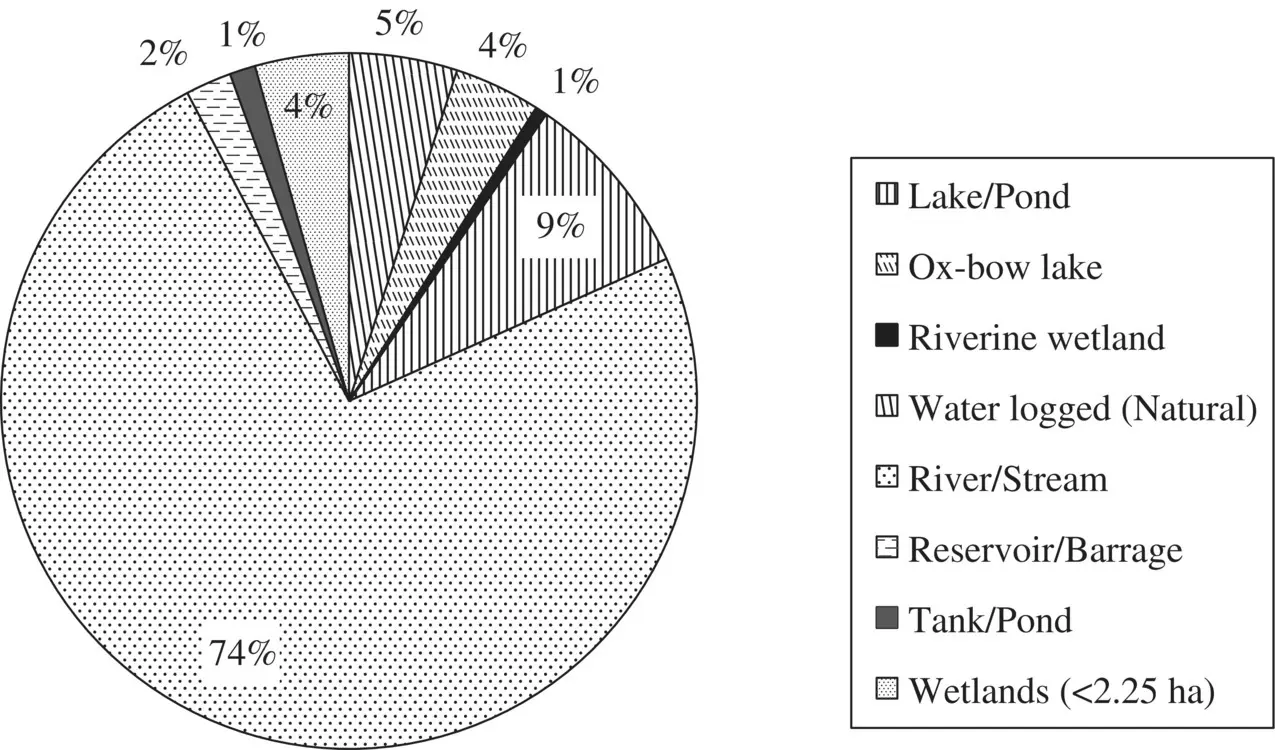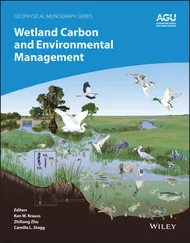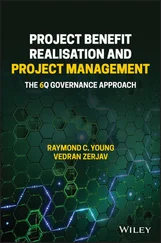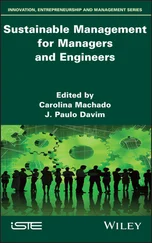Pollutants and Water Management
Здесь есть возможность читать онлайн «Pollutants and Water Management» — ознакомительный отрывок электронной книги совершенно бесплатно, а после прочтения отрывка купить полную версию. В некоторых случаях можно слушать аудио, скачать через торрент в формате fb2 и присутствует краткое содержание. Жанр: unrecognised, на английском языке. Описание произведения, (предисловие) а так же отзывы посетителей доступны на портале библиотеки ЛибКат.
- Название:Pollutants and Water Management
- Автор:
- Жанр:
- Год:неизвестен
- ISBN:нет данных
- Рейтинг книги:3 / 5. Голосов: 1
-
Избранное:Добавить в избранное
- Отзывы:
-
Ваша оценка:
- 60
- 1
- 2
- 3
- 4
- 5
Pollutants and Water Management: краткое содержание, описание и аннотация
Предлагаем к чтению аннотацию, описание, краткое содержание или предисловие (зависит от того, что написал сам автор книги «Pollutants and Water Management»). Если вы не нашли необходимую информацию о книге — напишите в комментариях, мы постараемся отыскать её.
WATER MANAGEMENT Pollutants and Water Management: Resources, Strategies and Scarcity
Pollutants and Water Management
Pollutants and Water Management: Resources, Strategies and Scarcity
Pollutants and Water Management — читать онлайн ознакомительный отрывок
Ниже представлен текст книги, разбитый по страницам. Система сохранения места последней прочитанной страницы, позволяет с удобством читать онлайн бесплатно книгу «Pollutants and Water Management», без необходимости каждый раз заново искать на чём Вы остановились. Поставьте закладку, и сможете в любой момент перейти на страницу, на которой закончили чтение.
Интервал:
Закладка:
2 Assessment of Anthropogenic Pressure and Population Attitude for the Conservation of Kanwar Wetland, Begusarai, India : A Case Study
Ajeet Kumar Singh, M. Sathya, Satyam Verma, Agam Kumar, and S. Jayakumar
Environmental Informatics and Spatial Modelling Lab (EISML), Department of Ecology and Environmental Sciences, School of Life Sciences, Pondicherry University, Pondicherry, Puducherry, India
2.1 Introduction
Wetlands are a ubiquitous ecosystem, found in all regions and climatic conditions across the globe. But they have long been a misunderstood ecosystem due to the misconception that they are “wastelands, disease‐infested, dark and dirty swamps,” and therefore, considered worthless and large numbers of them have been converted for the other land‐use activities (Shah 2012). Later, the advancement of wetland research made the importance of these ecosystems clear, as they interlink land and aquatic ecosystems, and therefore, understanding developed from the conversion to the conservation of wetlands (Shah 2012). They are considered as the “transitional zone between terrestrial and aquatic ecosystems,” where the water table is usually at or near the surface or the land is covered by shallow water (Mitsch and Gosselink 1986). These are the most productive and biologically diverse ecosystems, but they are also very fragile in nature (Mitsch and Gosselink 2000). They were defined for the first time during the world convention on wetlands at Ramsar city, Iran, on 2 February 1971 as:
Wetlands are area[s] of marsh, fen, peatland or water, whether natural or artificial, permanent or temporary, with water that is static or flowing, fresh, brackish or salt, including areas of marine water, the depth of which at low tide does not exceed six meters.
The wetlands contribute approximately 40–45% of the total global estimate of natural productivity and ecosystem services, as reported in the various wetland ecosystem assessment reports.
2.1.1 Distribution of Wetlands
2.1.1.1 Global Distribution
Wetlands cover a small proportion (only 2–6% area) of the Earth's land surface. They are distributed in every continent and country except Antarctica (Tiner 2009). The total estimated area of wetlands over the globe was recorded in a range of 747–885 million hectares (Finlayson et al. 2001). Approximately, half of the global wetland area occurs between 50°N and 70°N latitude, one‐third between 20°N and 30°S latitude, and the remaining in the temperate zones (Tiner 2009). A total of 2386 wetlands are identified as Ramsar sites in 171 countries, which cover 253 771 669 ha area.
2.1.1.2 Distribution of Wetlands in India
The total estimated area of wetland over the Asian continent was recorded in a range of 211–224 million hectares (Watkins and Parish 1999). In India, it is estimated as 15 260 572 ha (NWIA 2011; Panigrahy et al. 2012), which is about 4.63% of the total geographical area of the country (NWIA 2011). Most of the natural wetlands in India are found at high altitudes in the Himalayas, followed by wetlands of major rivers in their flood plains and coastal wetlands (Prasad et al. 2002). These are distributed from the cold arid trans‐Himalayan zone to wet Terai regions of the Himalayan foothills, including the floodplains of the rivers Ganga and Brahmaputra. In the Deccan peninsula, the river floodplains of Cauvery, Krishna, Godavari, and Tapti contribute to different wetlands. The vast Indian coastline of 7500 km, contributes different types of wetlands in the state of West Bengal, Orissa, Andhra Pradesh, Tamil Nadu, Kerala, Karnataka, Gujrat, Lakshadweep, and Andaman and Nicobar states ( Figure 2.1). In addition, a large number of artificial wetlands also contribute to the total estimated wetland area (Panigrahy et al. 2012).
A total of 115 wetlands were identified in different states of India, as “wetlands of national importance” for conservation under the National Wetland Conservation Program in 2009. Wetlands in India have been classified under different categories as shown in Table 2.1(NWIA 2011).
Currently, there are 37 wetlands of international importance in India that are designated as Ramsar sites, covering 1 067 939 ha.
2.1.1.3 Distribution of Wetlands in Bihar
In Bihar, the total estimated area of wetlands is 403 209 ha (NWIA 2011), which is approximately 2.64% of the total wetland area of India. Wetlands in Bihar are locally called Chaur , Maun , Taal , Jheel , and Pats . The natural inland wetlands dominate in Bihar, which comprises about 92% of the total estimated area of the wetlands of Bihar, while the artificial area accounts for 3.5% and the small wetlands area of 1–2.5 ha accounts for 4.5% (NWIA 2011).
As Bihar is a land‐locked state from all sides in the Gangetic flood plain, limited categories of wetlands exist here ( Figure 2.2). The district‐wise wetland area in Bihar is shown in Figure 2.3(NWIA 2011).
The major rivers which contribute to different wetlands in Bihar are Ganga, Kosi, Gandak, Bagmati, Mahananda, and Kamla‐Balan (Ghosh et al. 2004). The three important wetlands of Bihar, i.e. Kanwar, Barilla, and Kusheshwar Asthan were included in the list of NWCP (2009).

Figure 2.1 A map showing different types of wetlands in India.
(Source: National Wetland Atlas 2011, Space Application Centre, Indian Space Research Organization.)
Table 2.1 Category wise distribution of wetlands in India.
Source: National Wetland Atlas (2011), Space Application Centre (ISRO), Ahmedabad.
| S. no | Wetland category | Total wetland area (ha) | Wetland area (%) |
|---|---|---|---|
| 1 | Lake/pond | 729 532 | 4.78 |
| 2 | Oxbow lake | 104 124 | 0.68 |
| 3 | High altitude wetland | 124 253 | 0.81 |
| 4 | Riverine wetland | 91 682 | 0.6 |
| 5 | Waterlogged (natural) | 315 091 | 2.06 |
| 6 | River/stream | 5 258 385 | 34.46 |
| 7 | Reservoir/barrage | 2 481 987 | 16.26 |
| 8 | Tank/pond | 1 310 443 | 8.59 |
| 9 | Waterlogged (artificial) | 135 704 | 0.89 |
| 10 | Salt pan (inland) | 13 698 | 0.09 |
| 11 | Lagoon | 246 044 | 1.61 |
| 12 | Creek | 206 698 | 1.35 |
| 13 | Sand/beach | 63 033 | 0.41 |
| 14 | Intertidal mudflat | 2 413 642 | 15.82 |
| 15 | Salt Marsh | 161 144 | 1.06 |
| 16 | Mangrove | 471 407 | 3.09 |
| 17 | Coral reef | 142 003 | 0.93 |
| 18 | Salt pan (coastal) | 148 913 | 0.98 |
| 19 | Aquaculture pond | 287 232 | 1.88 |
| 20 | Wetlands (<2.25 ha) | 555 557 | 3.64 |
| Total | 15 260 572 | 100 |

Figure 2.2 Percentage of wetlands area under different categories in Bihar.
Читать дальшеИнтервал:
Закладка:
Похожие книги на «Pollutants and Water Management»
Представляем Вашему вниманию похожие книги на «Pollutants and Water Management» списком для выбора. Мы отобрали схожую по названию и смыслу литературу в надежде предоставить читателям больше вариантов отыскать новые, интересные, ещё непрочитанные произведения.
Обсуждение, отзывы о книге «Pollutants and Water Management» и просто собственные мнения читателей. Оставьте ваши комментарии, напишите, что Вы думаете о произведении, его смысле или главных героях. Укажите что конкретно понравилось, а что нет, и почему Вы так считаете.












